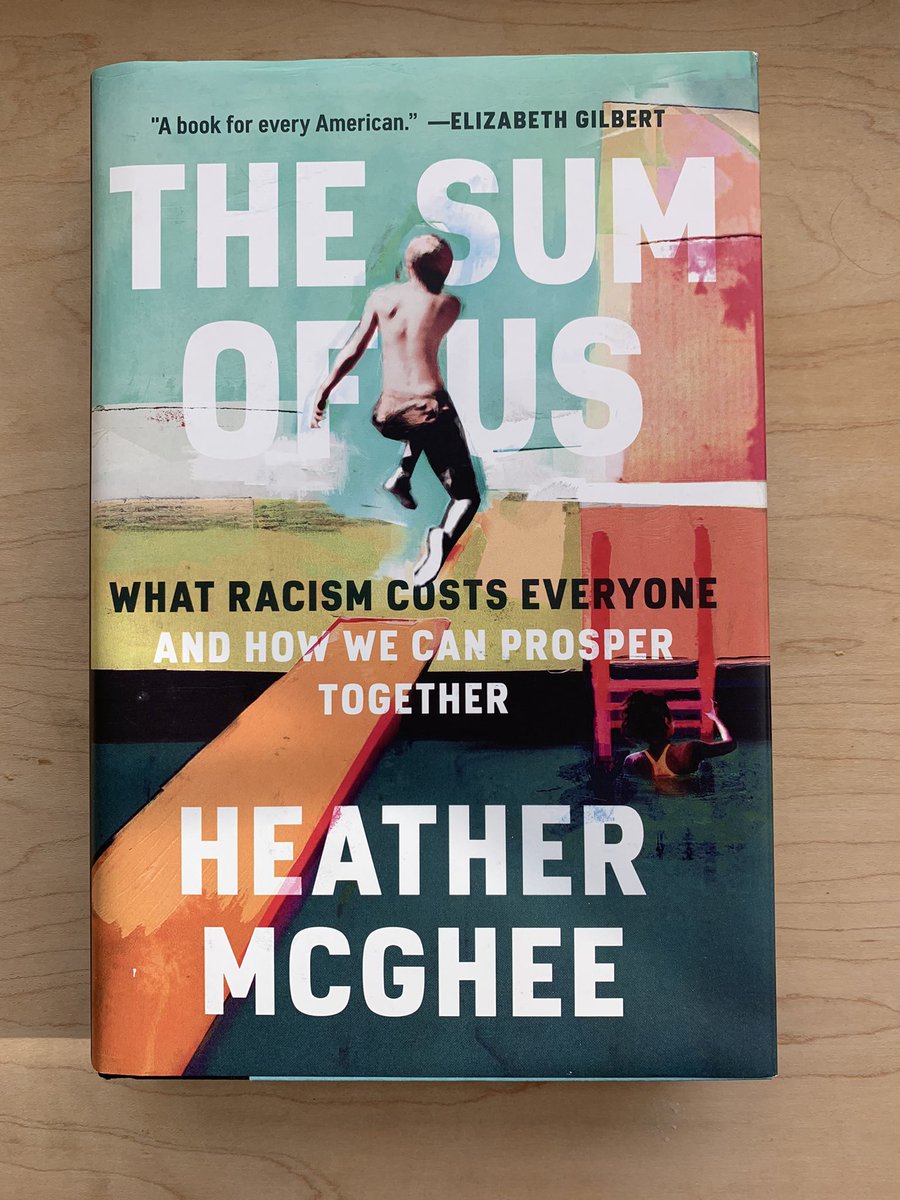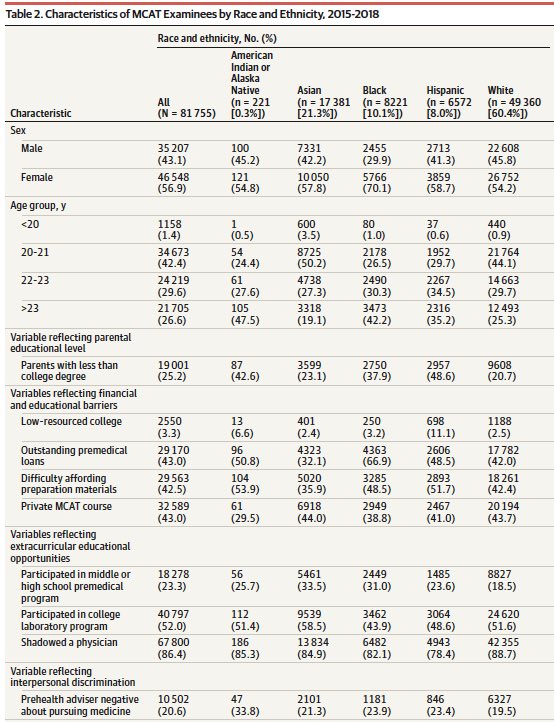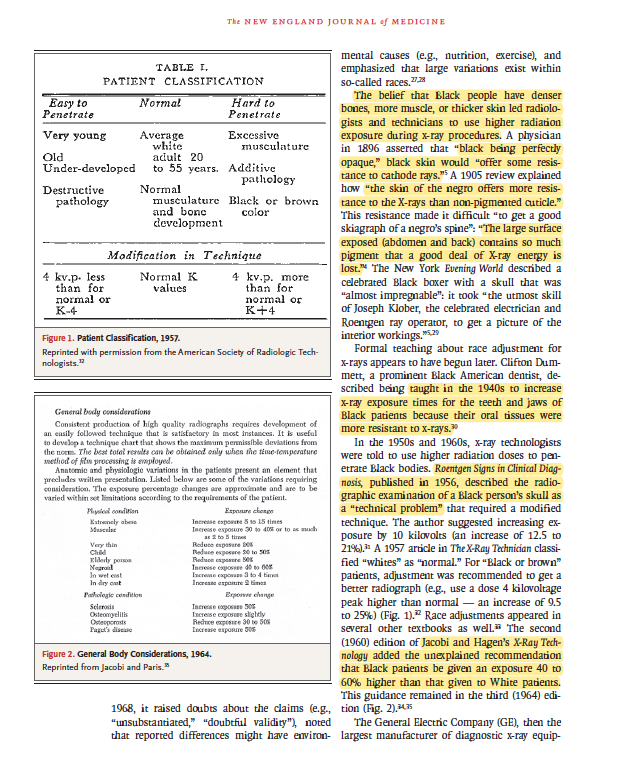1/🧵 It’s #BlackHistoryMonth.
A time for us to re-learn and re-discover our history.
A history beyond the chapter on Civil Rightsin our high school textbooks.
A history beyond the Emancipation Proclamation and Brown v. Board of Education.
So what are you reading this month?
A time for us to re-learn and re-discover our history.
A history beyond the chapter on Civil Rightsin our high school textbooks.
A history beyond the Emancipation Proclamation and Brown v. Board of Education.
So what are you reading this month?

2/ The ship grew larger & more terrifying w. each stroke of the paddle. The smells grew stronger, the sounds louder, crying & wailing from one quarter, low singing from another; the anarchic noise of children given an underbeat by hands drumming on wood.”
nytimes.com/2022/01/28/opi…
nytimes.com/2022/01/28/opi…
3/ One of the best essays I’ve read.
“Locked out of the greatest opportunity for wealth accumulation in history, African Americans who were able to afford homes found themselves consigned to communities where their investments were affected by the FHA.”
theatlantic.com/magazine/archi…
“Locked out of the greatest opportunity for wealth accumulation in history, African Americans who were able to afford homes found themselves consigned to communities where their investments were affected by the FHA.”
theatlantic.com/magazine/archi…
4/ On Justice. By @nhannahjones.
“If we are truly at the precipice of a transformative moment, the most tragic of outcomes would be that the demand be too timid. If we are indeed serious about creating a more just society…We must get to the root of it.”
nytimes.com/interactive/20…
“If we are truly at the precipice of a transformative moment, the most tragic of outcomes would be that the demand be too timid. If we are indeed serious about creating a more just society…We must get to the root of it.”
nytimes.com/interactive/20…
5/ The prologue to the 20th Anniversary edition of @BDTSpelman’s classic could easily stand on its own.
“We can’t overlook the way housing patterns have been shaped historically by race based policies such as restrictive covenants, redlining & discriminatory mortgage lending…”

“We can’t overlook the way housing patterns have been shaped historically by race based policies such as restrictive covenants, redlining & discriminatory mortgage lending…”


6/ In her book, “The Sum of Us,” @hmcghee opens with a simple question that has now been the driving my research: “Why can’t we have nice things?”
From segregated pools in Pittsburgh to the collapse of unions, we are reminded that equity does not have to be a zero sum game.

From segregated pools in Pittsburgh to the collapse of unions, we are reminded that equity does not have to be a zero sum game.


@hmcghee 7/ "'What’s the worst that could happen?' her husband asks, and she can’t speak it — the worst. Instead, she tries to turn off the little voice in her head, the one that wants to know: How exactly do you cure bad blood?"
"1932" by Yaa Gyasi.
nytimes.com/interactive/20…
"1932" by Yaa Gyasi.
nytimes.com/interactive/20…
8/ A must read for all in medicine: Medicaid Apartheid by @haw95.
“An almost innate resistance to medical research is ascribed all African-Americans… often the fear of becoming an unwitting subject is laid to one single instance of abuse rather than a centuries long history...”

“An almost innate resistance to medical research is ascribed all African-Americans… often the fear of becoming an unwitting subject is laid to one single instance of abuse rather than a centuries long history...”


9/ Published in 1992, this classic from Harvard law professor, Derrick Bell, blends allegory & historical narrative to examine racism’s role in American society.
“Black people are the magical faces at the bottom of society’s well... Only by working together is escape possible.“

“Black people are the magical faces at the bottom of society’s well... Only by working together is escape possible.“


10/ From Michelle Alexander, 10 years after "The New Jim Crow."
"I wrote it to challenge our nation to reckon with the recurring cycles of racial reform, retrenchment and rebirth of caste-like systems that have defined our racial history since slavery."
nytimes.com/2020/01/17/opi…
"I wrote it to challenge our nation to reckon with the recurring cycles of racial reform, retrenchment and rebirth of caste-like systems that have defined our racial history since slavery."
nytimes.com/2020/01/17/opi…
11/ Mixing it up from the reading to suggest one of the best docs you can watch. “13TH” by @ava is truly masterful.
“13TH picks up Ms. Michelle Alexander’s baton and sprints through the history of American race and incarceration with seamless economy.”
nytimes.com/2016/09/30/mov…
“13TH picks up Ms. Michelle Alexander’s baton and sprints through the history of American race and incarceration with seamless economy.”
nytimes.com/2016/09/30/mov…

12/ The NYT on The Warmth of Other Suns.
“A popular African-American weekly, The Chicago Defender would publish dozens of stories of families leaving the South. If all of their dream does not come true, enough will come to pass to justify their actions.”
nytimes.com/2010/09/05/boo…

“A popular African-American weekly, The Chicago Defender would publish dozens of stories of families leaving the South. If all of their dream does not come true, enough will come to pass to justify their actions.”
nytimes.com/2010/09/05/boo…


• • •
Missing some Tweet in this thread? You can try to
force a refresh































